-
Our ProductsLoansCardsInsuranceInvestmentsStock MarketElectronics MallCIBIL ScoreKnowledge CentreAcademyCalculators
- Our Services
- My Account
- Discover
An Overview of Stock Market Trends
Trends are the backbone of technical analysis in stock markets. Identifying whether a stock or index is in an upward, downward, or sideways phase can indicate historical price behavior and market phases. Spotting these patterns early can improve timing, reduce risk, and enhance returns. This article walks you through methods to recognise stock market trends, their significance, and common indicators that help track them effectively.
What Is a Trend in the Stock Market
A trend indicates the overall movement of a stock’s price or the broader market over a certain period. Trends are generally classified into three categories:
Uptrend: Characterised by higher highs and higher lows
Downtrend: Seen when prices form lower highs and lower lows
Sideways trend: Price moves within a range without a clear upward or downward direction
Understanding these movements helps investors align their actions with market sentiment instead of going against it.
Price Action: The Most Basic Method
Price action analysis involves examining past prices to forecast future movements. It forms the foundation of trend identification:
In an uptrend, each new peak is higher than the last, and each dip doesn’t go as low as the previous one.
In a downtrend, the opposite is true—lower highs and lower lows.
A sideways trend occurs when price oscillates within a horizontal range.
Recognising this structure illustrates momentum patterns while avoiding premature entries or exits.
Moving Averages: Smoothing Price Movements
Moving averages help smooth out fluctuations and show the general direction of price over a period:
Simple Moving Average (SMA): An average of closing prices over a chosen period
Exponential Moving Average (EMA): Gives more weight to recent prices
Common signals to look for include:
Golden Cross: When a short-term MA (like 50-day) crosses above a long-term MA (like 200-day), it suggests an uptrend
Death Cross: The opposite of a golden cross, indicating a downtrend
Moving averages can also act as support and resistance zones in trending markets.
Trendlines and Channels: Drawing the Direction
Trendlines are diagonal lines drawn on price charts to connect a series of highs or lows:
An uptrend line connects higher lows and acts as support
A downtrend line connects lower highs and acts as resistance
Price channels occur when trendlines are drawn on both sides of the price movement, forming a corridor
Breakouts from these lines often signal the end of one trend and the start of another.
Technical Indicators That Help Confirm Trends
Several momentum and trend-following indicators are used to identify and confirm price directions:
Relative Strength Index (RSI)
RSI measures the speed and change of price movements. A value above 70 indicates overbought conditions, while below 30 signals oversold levels. Strong trends may keep the RSI elevated or depressed for long periods.
Moving Average Convergence Divergence (MACD)
MACD shows the relationship between two EMAs. A crossover above the signal line indicates a bullish trend, and below it suggests a bearish trend.
Average Directional Index (ADX)
The ADX helps determine trend strength, regardless of direction. A value above 25 generally indicates a strong trend is in place.
Role of Volume in Trend Confirmation
Volume helps validate price moves. For instance:
Rising price with increasing volume: Confirms strength of an uptrend
Falling price with high volume: Suggests strong bearish momentum
Divergence between price and volume: Can hint at potential reversals
Volume analysis adds an extra layer of confidence when assessing trend reliability.
Identifying Trends Across Timeframes
Looking at trends on multiple timeframes offers a broader perspective:
Short-term trends: Intraday or daily charts, useful for active traders
Medium-term trends: Weekly charts, helpful for swing traders
Long-term trends: Monthly or quarterly views, preferred by long-term investors
Signals across multiple timeframes can provide a broader perspective on trend direction.
Trend Identification Tools
Key tools and techniques help traders spot market trends effectively:
| Technique | Purpose | Key Signals |
|---|---|---|
| Price Action |
Visual analysis of market structure |
Higher highs/lows or lower highs/lows |
| Moving Averages |
Smoothing out price data |
Golden/Death Cross, price above/below MA |
| Trendlines & Channels |
Graphical direction cues |
Breakouts or bounces off trendlines |
| RSI, MACD, ADX |
Momentum and trend strength tools |
RSI levels, MACD crossovers, ADX > 25 |
| Volume |
Confirms price direction |
Rising/falling volume with trend continuation |
Common Mistakes to Avoid When Spotting Trends
Avoid these pitfalls to make trend-following more effective:
Chasing the trend too late: Waiting too long to enter can increase risk
Ignoring timeframes: A trend in a shorter timeframe may contradict the long-term trend
Using too many indicators: Overloading charts can cause confusion and signal conflict
Failing to manage risk: Stop-loss orders are crucial even in strong trends
Conclusion
Identifying trends in the stock market involves combining simple price action with technical tools such as moving averages, RSI, MACD, and volume analysis. A clear understanding of market direction not only guides better trade entries and exits but also helps manage risk more effectively. Whether you're a trader or long-term investor, trend recognition is a skill worth mastering.
Disclaimer
This content is for informational purposes only and the same should not be construed as investment advice. Bajaj Finserv Direct Limited shall not be liable or responsible for any investment decision that you may take based on this content.
FAQs
What is the best indicator to identify stock market trends?
There is no single best indicator for market trends; traders often use a combination of moving averages, RSI, and MACD to improve accuracy.
Can I rely only on price action to find trends?
Price action alone, using patterns like higher highs and higher lows, can identify trends, though confirming with technical indicators can increase reliability.
What is a trend reversal and how is it spotted?
A trend reversal occurs when an uptrend changes to a downtrend or vice versa, and it can be identified through trendline breaks, moving average crossovers, or RSI divergences.
Is volume necessary to confirm a trend?
Increasing trading volume often strengthens the reliability of a trend, as strong trends are usually accompanied by higher participation.
How often should I check for new trends?
The frequency of trend checks depends on trading style, with intraday traders reviewing hourly charts and long-term investors reviewing weekly or monthly trends.
With a Postgraduate degree in Global Financial Markets from the Bombay Stock Exchange Institute, Nupur has over 8 years of experience in the financial markets, specializing in investments, stock market operations, and project management. She has contributed to process improvements, cross-functional initiatives & content development across investment products. She bridges investment strategy with execution, blending content insight, operational efficiency, and collaborative execution to deliver impactful outcomes.
Related Blogs

Nupur Wankhede

Nupur Wankhede

Nupur Wankhede

Anshika

Nupur Wankhede

Anshika

Geetanjali Lachke

Roshani Ballal

Roshani Ballal

Anshika

Anshika

Nupur Wankhede
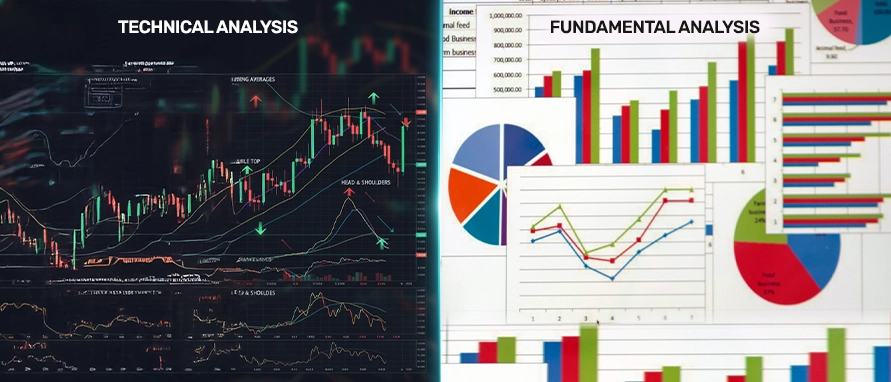
Anshika

Nupur Wankhede

Nupur Wankhede

Geetanjali Lachke

Roshani Ballal

Roshani Ballal

Geetanjali Lachke

Geetanjali Lachke

Nupur Wankhede

Anshika

Nupur Wankhede

Nupur Wankhede

Nupur Wankhede

Nupur Wankhede

Nupur Wankhede

Nupur Wankhede

Nupur Wankhede

Geetanjali Lachke

Geetanjali Lachke

Roshani Ballal

Nupur Wankhede

Anshika

Anshika

Nupur Wankhede

Nupur Wankhede

Nupur Wankhede

Nupur Wankhede

Nupur Wankhede

Nupur Wankhede

Nupur Wankhede

Nupur Wankhede
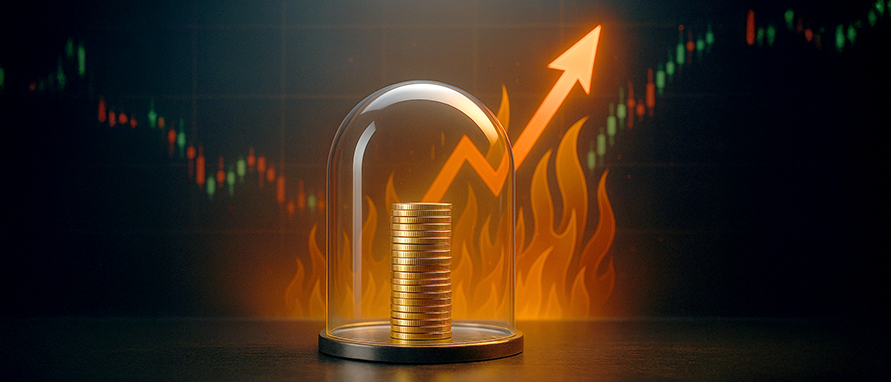
Nupur Wankhede

Nupur Wankhede

Nupur Wankhede

Nupur Wankhede

Roshani Ballal

Anshika

Nupur Wankhede

Geetanjali Lachke

Nupur Wankhede

Nupur Wankhede

Anshika

Anshika

Nupur Wankhede
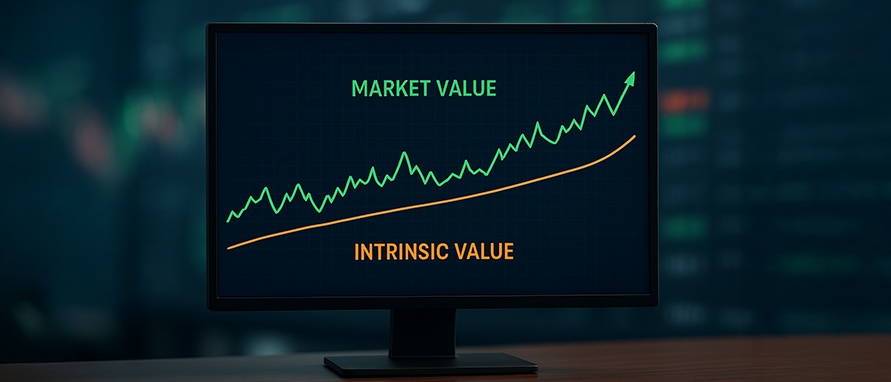
Anshika

Anshika

Nupur Wankhede
.webp)
Nupur Wankhede

Nupur Wankhede

Nupur Wankhede

Nupur Wankhede

Nupur Wankhede

Nupur Wankhede

Nupur Wankhede
.webp)
Nupur Wankhede

Nupur Wankhede

Nupur Wankhede

Nupur Wankhede
-in-India.webp)
Nupur Wankhede

Nupur Wankhede

Nupur Wankhede

Anshika

Nupur Wankhede

Nupur Wankhede

Anshika

Anshika

Nupur Wankhede

Nupur Wankhede

Nupur Wankhede

Nupur Wankhede

Nupur Wankhede

Nupur Wankhede

Nupur Wankhede

Nupur Wankhede

Nupur Wankhede

Nupur Wankhede

Anshika

Nupur Wankhede

Nupur Wankhede

Nupur Wankhede

Nupur Wankhede

Anshika

Nupur Wankhede

Nupur Wankhede
-Meaning-Importance.webp)
Nupur Wankhede

Anshika

Nupur Wankhede
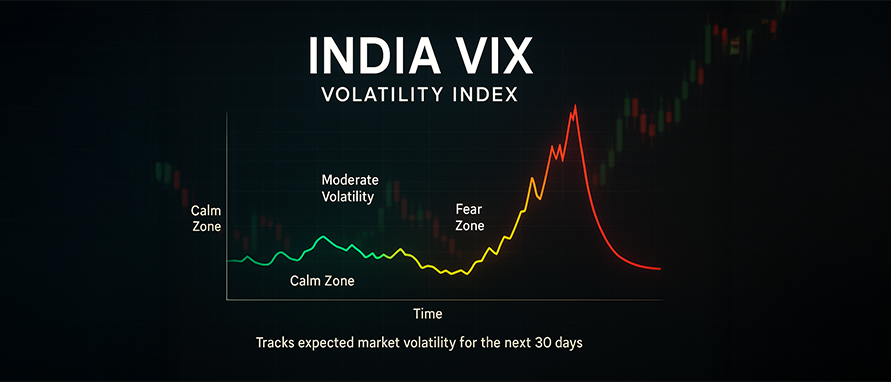
Nupur Wankhede

Nupur Wankhede

Anshika

Nupur Wankhede
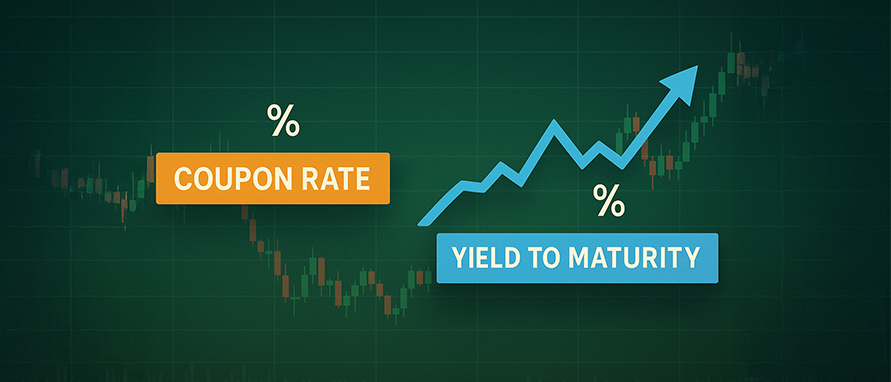
Nupur Wankhede

Nupur Wankhede

Geetanjali Lachke

Geetanjali Lachke

Geetanjali Lachke

Anshika

Anshika
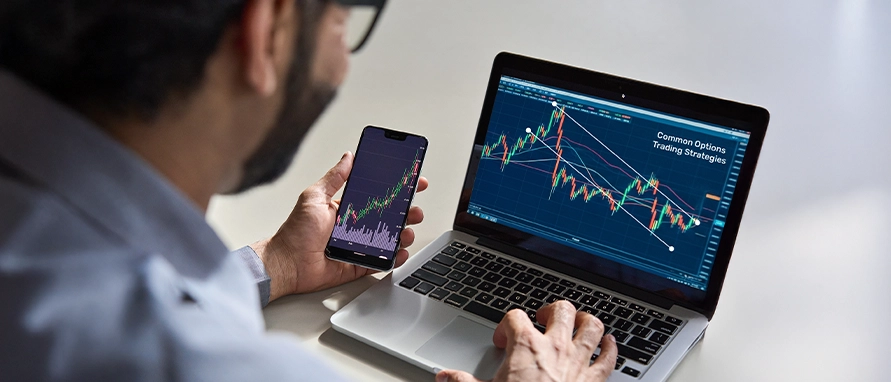
Nupur Wankhede

Nupur Wankhede
-portfolio.webp)
Nupur Wankhede

Anshika

Roshani Ballal

Geetanjali Lachke

Geetanjali Lachke

Geetanjali Lachke

Geetanjali Lachke

Geetanjali Lachke

Roshani Ballal

Roshani Ballal

Geetanjali Lachke

Geetanjali Lachke

Geetanjali Lachke

Roshani Ballal

Roshani Ballal

Geetanjali Lachke

Roshani Ballal

Roshani Ballal

Roshani Ballal

Roshani Ballal

Roshani Ballal

Roshani Ballal

Roshani Ballal

Roshani Ballal

Roshani Ballal
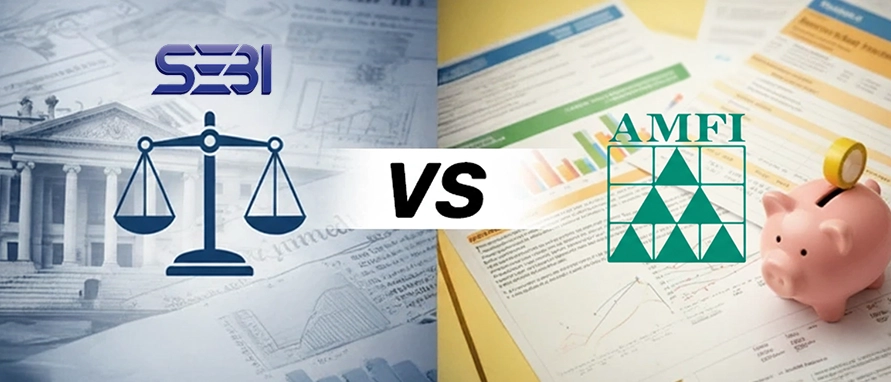






.webp)

.webp)

















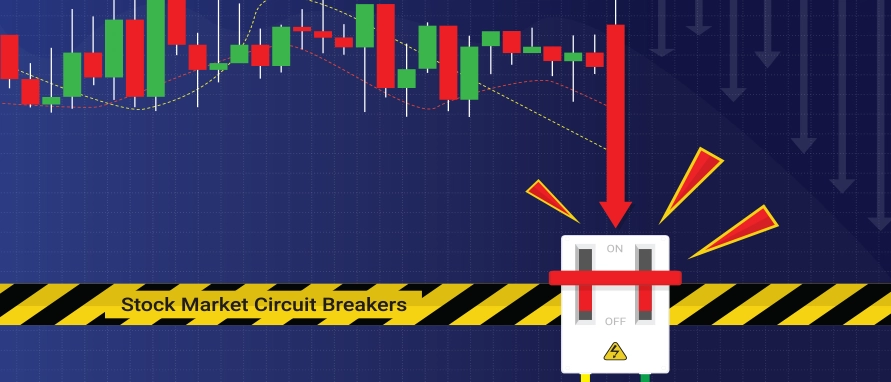

































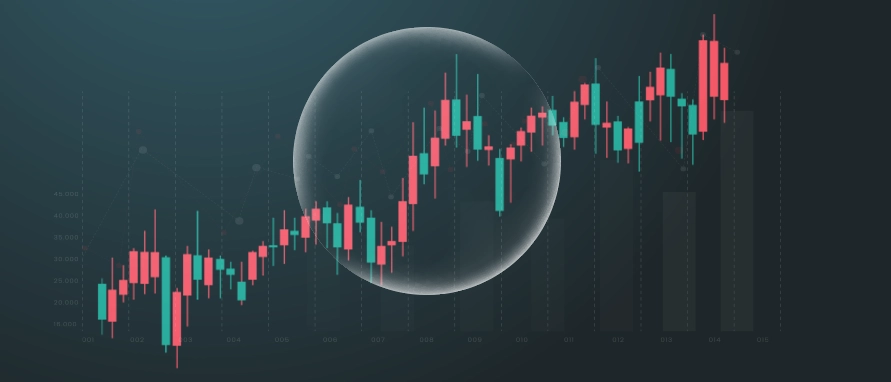

















.webp)



.webp)












.webp)




.webp)




































